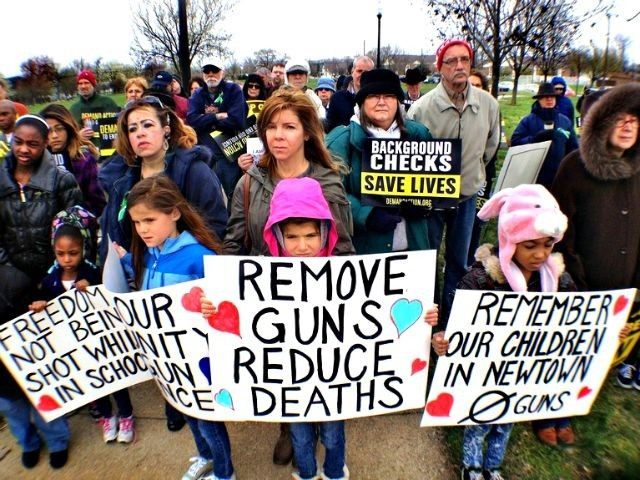On October 11, the Associated Press lamented the demise of “gun violence researchers,” citing the lack of funding necessary to pay researchers enough to draw them to the field and blaming that lack of funding on the NRA and the Republican Party.
They also cited the futility would-be researchers feel over dedicating their lives to the study of gun violence when Congress has made clear it has no interest in passing more restrictions on gun owners.
The AP presents the scenario like this:
There are public health students who want to better understand rising gun-related suicide rates, recent explosions in firearm murders in many U.S. cities, and mass murders like the one this month at an Oregon community college, where a lone gunman killed nine people. But many young researchers are staying away from the field. [And] some believe there’s little hope Congress will do anything substantive to reduce gun violence, regardless of what scientists find.
They add that they biggest deterrent to the rise of a new generation of “gun violence researchers” is that “there’s simply not enough money.”
The AP traces the beginnings for gun violence research starting with Duke University economist Philip Cook in the 1970s. The number of researchers rose to about dozen during the 1980s and then to “25 or 30 by the mid-1990s.” At roughly the same time–1992–the Centers for Disease Control and Prevention (CDC) establishing the National Center for Injury Prevention and Control in the early 1990s.
When CDC began issuing studies that “implicitly questioned the wisdom of having a gun” the NRA responded, and in 1996 Congress reacted by shifting “$2.6 million CDC had budgeted for firearm injury research and earmarked it for traumatic brain injury.” And Republicans who had won in a landslide against gun control in 1994 “also included language directing that no CDC injury research funding could go to research that might be used, in whole or in part, to advocate or promote [more laws against guns].”
So, the CDC’s gun control push faded and they actually reached a point where they “began giving a heads-up phone call to the NRA any time a report was coming out that discussed guns.” They maintained this practice until roughly 2010.
The AP points to the attack in the Sandy Hook Elementary gun free zone as something that could have been a turning point for gun violence research but was not. They write of how gun control groups rose up, donors began to give, and President Obama “issued 23 executive orders,” one of which directed Congress “to provide $10 million to the CDC for gun violence research.” But Congress did not give the money to CDC, and soon the conversation turned to the dangers posed by gun free zones–like Sandy Hook Elementary–and the risks being entailed in denying Americans their Second Amendment rights just because they are on a school campus or in an Aurora movie theater or at Fort Hood.
As a result, young, potential “gun violence researchers” are seeking out other fields while stalwart’s continue their work–and their demise–“in their 60s and 70s.”
Follow AWR Hawkins on Twitter: @AWRHawkins. Reach him directly at awrhawkins@breitbart.com.

COMMENTS
Please let us know if you're having issues with commenting.